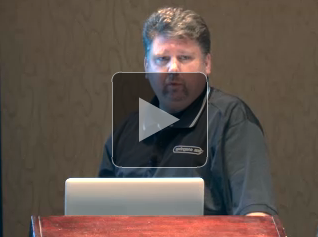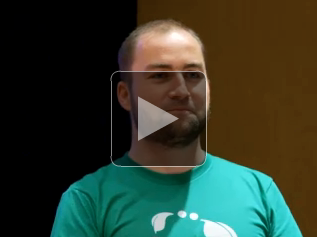Spring Data GemFire 1.1.0 Released
Dear Spring Community,
We are pleased to announce the GA release of Spring GemFire 1.1 project is now available! The Spring GemFire project aims to make it easier to build Spring-powered highly scalable applications using GemFire as distributed data management platform.
Downloads | JavaDocs | Reference Documentation | Changelog
The 1.1 release updates include:
- Aligned Maven naming to Spring Data conventions (new ids are 'org.springframework.data'/'spring-data-gemfire')
- Introduced PDX attributes on cache and client-cache namespace
- Upgraded to Spring Framework 3.1 GA
- Dedicated support for indecies
- Improved region creation
- Dedicated support for Continuous Query (Message Driven POJOs for GemFire)
- Extensive client cache support
- Namespace support for region expiration
- Native support for the upcoming GemFire 6.6
- CacheServer support
- GemFire implementation for Spring 3.1 cache abstraction
- Support for queries with variable parameters
To learn more about the project, visit the Spring GemFire homepage.
Download it now: Spring GemFire for Java | Spring GemFire for .NET
We look forward to your feedback!
P.S. Please use maven.springframework.org/release while Maven…


